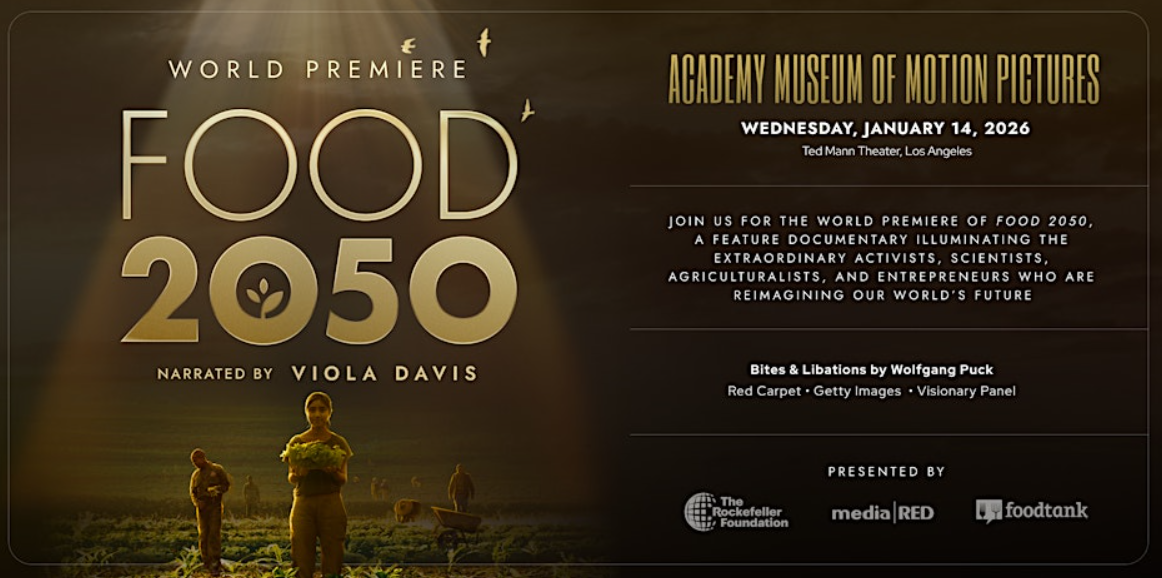Nutrient composition: philosophy
This question comes from Sheila: “Recently, I was served a plate of “salad” that consisted entirely of several varieties of vegetable sprouts and grain sprouts, dressed with a fresh herb dressing. It was delicious. The salad maker stated this small plate of sprouts held the nutrient content of several cups of fresh whole vegetables, stated the nutrients are quite concentrated in the sprouts. Is this true? The only “literature” I can find on this subject is from seed companies who obviously have a vested interest in selling the seeds for the sprouts. I would appreciate knowing the true comparison of nutrient content. Thank you.”
Food composition: My immediate question is “which nutrients?” Sprouts have so much water that their nutrient content cannot possibly equal that of vegetables with less water. But certain antioxidants–sulforaphane, for example–are more concentrated in sprouts than in adult plants. Ordinarily, questions about food composition are easy to answer. Look up the food on the USDA’s food composition data base. But I can’t find anything about sprouts on the USDA site. A Google search turned up bean sprouts on a data base from the Australia and New Zealand food standards agency. Sprouts are 93% water, and 100 grams contain 9 mg calcium, 129 mg potassium, and 10 mg vitamin C. In contrast, broccoli (according to USDA) is 89% water, and has 47 mg calcium, 316 mg potassium, and 89 mg vitamin C. So broccoli beats sprouts for those particular nutrients. Sprouts are fine to eat and the small amounts of nutrients they contain are useful. So enjoy them! And happy new year!


